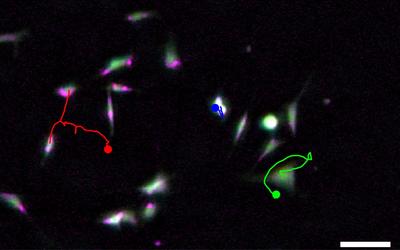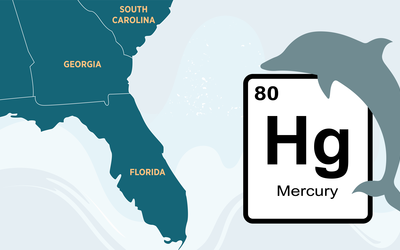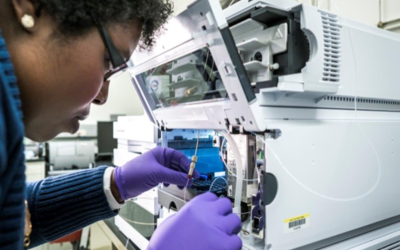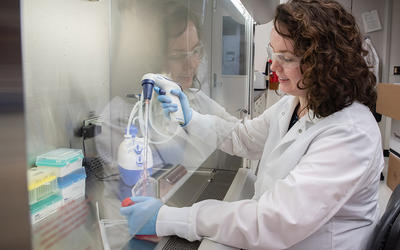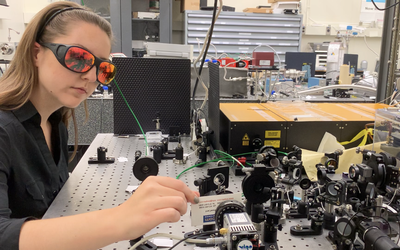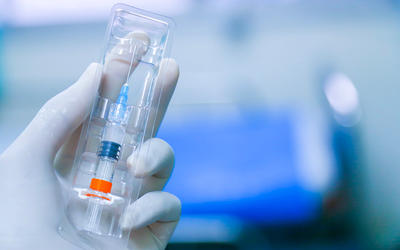What is the Bioeconomy?
The bioeconomy encompasses economic activity resulting from biotechnology and emerging biotechnology (underpinned by our ability to read, edit, and write DNA, the fundamental building blocks of life) which now affords the possibility to:
- Decrease reliance on fossil fuels by using alternative feedstock for fuels, textiles, and plastics
- Increase crop yields without use of chemical fertilizers by encouraging growth of beneficial microorganisms in the soil
- Sense and clean up environmental contaminants with engineered bacteria
- Provide curative therapies for autoimmune disorders, cancers, and other previously untreatable diseases
NIST’s Role
NIST provides the measurement science, technology, and standards to support leading edge innovation and maturation of new biotechnologies into successful products. For example:
- As the nation’s Metrology Institute, NIST develops unprecedented measurement capabilities to quantify complex living systems and processes that drive innovation and enhance economic and national security.
- We support the development of tools, platforms, and data to predictively engineer biological systems to accelerate innovation and biomanufacturing, building a vibrant ecosystem and robust supply chain.
- We coordinate and lead the development of standards to ensure that processes and products are safe, reliable, interoperable, and facilitate trade and commerce.
Selected Industry Sectors
- Health: Biopharmaceutical
- Health: Advanced Therapy
- Health: Precision Medicine
- Industrial Biotechnology: Quantitative Protein Engineering
- Industrial Biotechnology: Cell Free Expression
- Bioremediation: PFAS
Bioeconomy Standards Scholars in Residence Initiative
NSF and NIST are announcing a joint Bioeconomy Standards Scholars in Residence Initiative to catalyze the development of standards and metrics for the bioeconomy. Through the Initiative, researchers will have the opportunity to spend dedicated time in a NIST laboratory learning first-hand to develop standards, and foster adoption of those standards, in fields associated with biotechnology and the bioeconomy.



